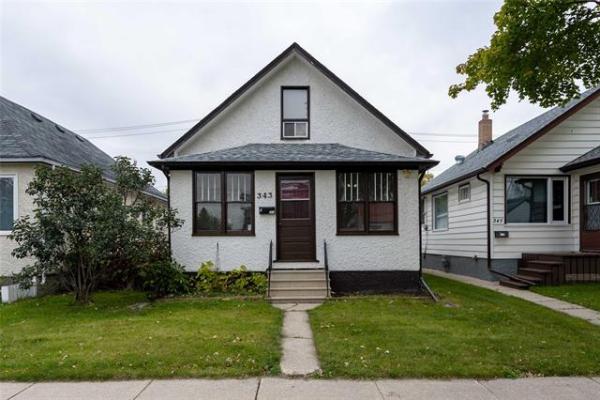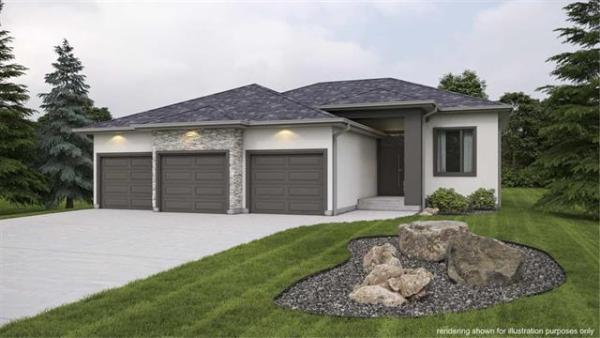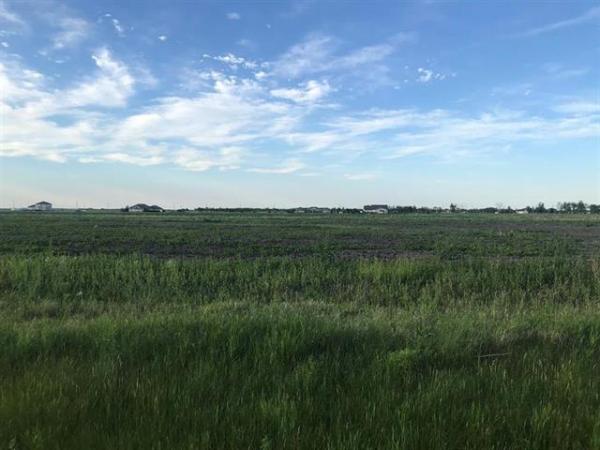Question: Our house is about 10 years old. It is built with insulated concrete forms (ICF) and has a heated basement floor. It also has an energy efficient furnace. When we built it, the HRV was hooked up to the return air duct and it took all the moisture out of the house. We had it balanced, at one point, and the technician suggested that the duct needs to be moved to the furnace. It was changed and now doesn’t remove the moisture nearly as well. Should I change this back, as is worked far better before. It does not appear to be a difficult job. Marv K.
Answer: Having a heat recovery ventilator (HRV) properly installed, wired, and properly set for good operation is critical to moisture management in newer homes. Changing the location of a single duct may be one reason for the higher moisture in your home, but more likely the balancing and set-up of the controls was altered by the technician in the recent service call. Ensuring you are using the controls properly, and that they are properly functioning, should solve your humidity problem, even without any alterations to the new location of the duct.
Problems with heat recovery ventilators installation and set-ups are rarer than they used to be, but are still frequently discovered during routine home inspections. Since they became a mandatory component of new homes, in the last decade, fewer and fewer are found to be deficient. Since your home was constructed before this requirement was enforced, it may have been installed improperly or with miswired controls.
I often encounter HRV main controls with disconnected dehumidistats, which should be the main component for use in winter. In that improper situation the unit can only be turned on manually, usually to full speed, with the power switch on the main control or the bathroom control modules. The bathroom controls typically will have a timed cycle, but the main switch will run the HRV continuously, until it is switched off. If left on, that will often lead to a lack of humidity in the house air, and too dry a home. The alternative is that many homeowners will leave the main control shut off, leading to very high moisture content in the indoor air and moisture problems.
It is possible that your HRV unit was installed in such a manner, with you manually switching it on and off, as needed, if the relative humidity got too high. You may have left it running continuously, to exhaust enough stale air to dry the air sufficiently. If the unit was not properly balanced, bringing in more fresh air than it exhausted, it would easily keep the indoor environment from becoming too wet. You may then have shut the unit off, for a period of time, until the humidity began to rise and start the cycle all over again. Some units also have controls with various timed cycles, which you may have inadvertently been using, without your knowledge. These normally will run the HRV for a specified length of time, followed by another pre-set period of inactivity. This cycle would constantly repeat itself and may have been altered by the technician in the most recent servicing.
The solution to your dilemma should be to call a licensed HVAC contractor that frequently installs and maintains your specific brand of HRV. They should be familiar with the dedicated controls for that brand, even older ones like yours. Ask the technician to fully check everything, ensuring the dehumidistat is functional. Then, ask the tech to show you how to properly set it for different times of the year and different outside temperatures. You could also inquire about the reasoning behind moving the location of the duct, and ask the service person to return it to the original location, if they thought that would improve the performance of the unit.
Too often, especially with HRVs, homeowners don’t understand the proper function of the system and are never taught how to properly set the controls and clean the components. HRVs are installed to provide adequate fresh air to modern air-tight homes, while exhausting stale indoor air and its potentially hazardous pollutants. As a huge bonus to this ventilation function, the HRV will also reduce the relative humidity inside the home during the heating season. That is because the cold outside air that is drawn in for ventilation is much dryer than the heated house air, which is full of dissolved water vapour from normal daily use by the occupants. This will reduce the moisture content of the indoor air, keeping the relative humidity below problematic levels. If the HRV is not properly installed or improperly controlled, the environment inside the home will be either too dry or too wet.
Ensuring that your HRV components are properly installed, and the controls fully functioning, is critical to understanding proper use of this mechanical system. When these are correct, setting the controls for proper indoor air quality is simple. The dehumidistat only has to be used during the winter, and periodically adjusted according to the outside temperature. The bathroom controls should always be used when taking a shower or bath. They should be on a timed cycle, to ensure they clear the steamy air after those events, but also shut off automatically to prevent excess drying of the indoor air.
Changing the location of a duct for your HRV, without ensuring all the controls and components are properly functioning, is not the right approach. Hiring a HVAC technician not only to inspect and service the unit, but to physically explain the proper function of the controls, so that you understand their significance, should be your focus for maintaining proper relative humidity in your indoor air.
Ari Marantz is the owner of Trained Eye Home Inspection Ltd. and a Registered Home Inspector (RHI)(cahpi.ca). Questions can be emailed to the address below. Ari can be reached at 204-291-5358 or check out his website at trainedeye.ca.
trainedeye@iname.com




